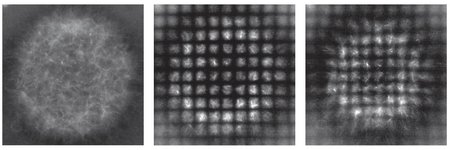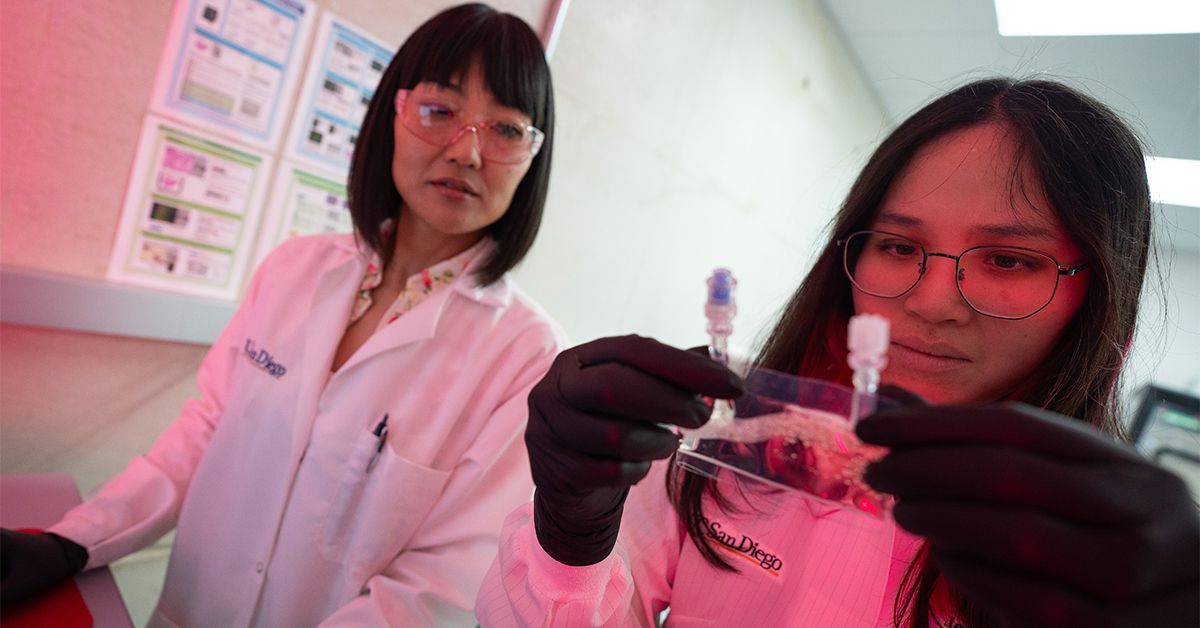2025-06-11 カリフォルニア工科大学(Caltech)

Left: Active matter composed of filaments and motors. Center: Active matter overlaid with a fluorescence-cancelling grid, creating a coordinate system to measure deformation. Right: As the system contracts, the coordinate system deforms as well.Credit: Courtesy of S. Hirokawa
<関連情報>
- https://www.caltech.edu/about/news/cellular-coordinate-system-reveals-secrets-of-active-matter
- https://www.pnas.org/doi/abs/10.1073/pnas.2417020122
光脱離した動的座標系におけるモーター駆動微小管拡散 Motor-driven microtubule diffusion in a photobleached dynamical coordinate system
Soichi Hirokawa, Heun Jin Lee, Rachel A. Banks, +3 , and Rob Phillips
Proceedings of the National Academy of Sciences Published;June 9, 2025
DOI:https://doi.org/10.1073/pnas.2417020122
Significance
Individuals of active matter systems work together to generate large scale, ordered structures. However, the detailed dynamics occurring in the network bulk during this organization process are largely unknown. By photobleaching an actively contracting microtubule network, we show that filaments exhibit a local diffusion-like reorganization while the network globally contracts at uniform rate. Tuning parameters that affect motor speed alters both the active contraction rates and effective diffusion constants, but maintains a conserved proportionality between the two. We thus find that motors play a dual role in the global contraction and local diffusive-like spread of the network.
Abstract
A hallmark feature of active matter systems is the ability of individual elements to interact and organize over length scales exceeding that of the constituent molecular players. However, the nature of internal redistribution that occurs in the bulk of the collective is less clear. Using light-dimerizable kinesin motors to spatially control the formation and contraction of a microtubule network, we deliberately photobleach a grid pattern onto the filament network serving as a transient and dynamic coordinate system to observe the deformation and translation of the remaining fluorescent squares of microtubules. We find that the network contracts at a rate set by motor speed but is accompanied by a diffusive-like spread throughout the bulk of the contracting network with effective diffusion constant two orders of magnitude lower than that for freely diffusing microtubules. We further find that on micron scales, the diffusive timescale is only a factor of ≈3 slower than that of advection regardless of conditions, showing that the global contraction and long-time relaxation from this diffusive behavior are both motor-driven but exhibit local competition within the network bulk.


